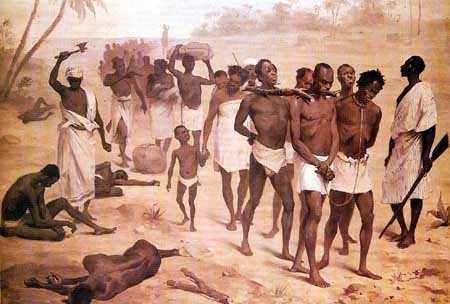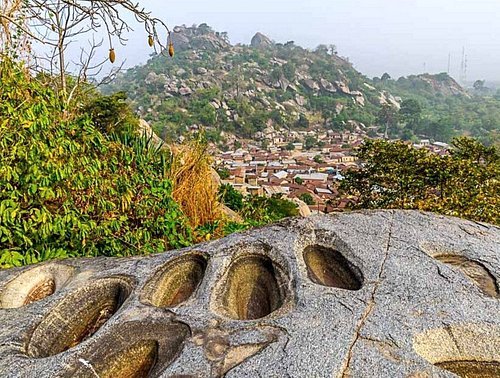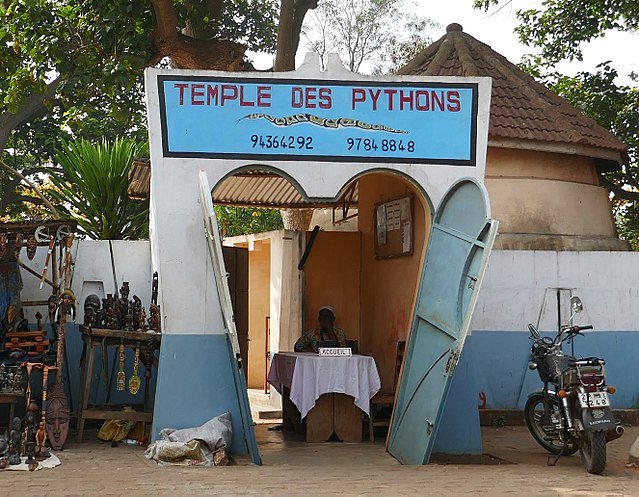The International Day of Remembrance of the Victims of Slavery and the Transatlantic Slave Trade, commemorated every March 25 since 2007, is a day established by the United Nations to pay tribute to the victims of slavery and transatlantic trade

In a video, United Nations Secretary-General António Guterres opens in a new window said the date honors “the memory of the millions of African descendants who suffered under the brutal system of slavery and the transatlantic slave trade slaves “. According to him, “this trade created and sustained a global system of exploitation that has existed for more than 400 years, devastating families, communities and economies.” Portuguese recalls “the resilience of those who endured the atrocities committed by slave traders and slave owners” and recognizes “the immense contributions that enslaved men, women and children made to culture , to the knowledge and economy of the countries to which they were transported.
The transatlantic slave trade ended more than two centuries ago, but for the head of the United Nations, “the ideas of white supremacy which underpinned it remain alive”. In total, more than 15 million men, women and children were transported across the Atlantic. Memory tourism, also called memorial tourism, is a form of tourism which consists of highlighting the historical heritage of a place, in particular when the site in question has been marked by a one-off event, notable in that it can be foundational or potentially painful. It can be a battle, a political act, a massacre or a catastrophe. Memory tourism is therefore developing in particular through visits to notable historical sites (military cemeteries, ancient monuments, etc.), but also to commemorative buildings, built after and independently of the event (museums and memorials).

Today, Benin has the vestiges of this painful past that visitors and tourists come to contemplate in Africa. First of all, the town of Ouidah is recognized as a former center for the sale and shipping of slaves. This place has now become the favorite historical town of visitors and many other sites across Benin. The city has formally managed to keep unforgettable vestiges of the slave trade while keeping its tradition of Vodun worship.
Known as the ancient Portuguese fort, the town of Ouidah is today gaining popularity thanks to the remains left by slave traders. All the Western forts (Danish, French, Portuguese) and the slave enclosure of the English trading post are still there today. Even if Ouidah is the victim of an atrocious past, this story qualifies it among the richest Beninese towns in terms of historical stories. These unfortunate anecdotes have greatly aroused the curiosity of tourists from all over the world. As a result, many tourists come there every year to discover the traces left by slave traders. In addition to the melancholy history of the city, Ouidah is also recognized for its magnificent historical monuments such as: the temple of the pythons, the Zinsou Foundation contemporary art museum, the sacred forest of Kpassè, the French Fort, the Portuguese Fort, the contemporary museum and the slave route with renovations added by President Patrice Talon for their conservation.

This serial heritage “marking sites of the Slave Route in Benin” is distributed in four communes located in the Departments of Zou (Abomey), Collines (Savè, Dassa-Zoumè), Plateau (Kétou), and the Atlantic (Ouidah). It constitutes a very significant historical cultural route for the Republic of Benin, for the surrounding countries and for the historical Diaspora of Afro-descendants.

Historically, the site is part of the period covering the reign of King Agadja to that of King Guézo, i.e. approximately two hundred (200) years of slavery practice. Geographically, it is located in the heart of this portion of the Gulf of Guinea, formerly called the Slave Coast, recognized as one of the most important sources of the slave trade. This unique ensemble bears witness to the various modes of land development associated with the slave trade. As such, it includes not only defensive sites, but also places associated with sorting, “commerce”, rituals and a pier. This story can be read through numerous vestiges, both physical and intangible.

Historically, the site is part of the period covering the reign of King Agadja to that of King Guézo, i.e. approximately two hundred (200) years of slavery practice. Geographically, it is located in the heart of this portion of the Gulf of Guinea, formerly called the Slave Coast, recognized as one of the most important sources of the slave trade. This unique ensemble bears witness to the various modes of land development associated with the slave trade. As such, it includes not only defensive sites, but also places associated with sorting, “commerce”, rituals and a pier. This story can be read through numerous vestiges, both physical and intangible.

The hiding places, walls and lookouts built with stones recorded on the hill by the natives to escape raids. The same is true for the Yaka site in Dassa-Zoumè which was also developed by local populations between the 17th and 19th centuries as a place of refuge and resistance. The Yaka site is located on the hills of Dassa-Zoumè and, because of its hiding places (the cave of the king and the queen), its plant ramparts and its temple erected for the god Ogu Lagba, it bears witness to of an eminent type of construction. The site of Kétou, Akaba Idenan, is just as illustrative of the Slave Route through the place of redemption by the King, the entrance gate, a true symbol of resistance, the ditches and Kouhoudou square. Singbodji Square in Abomey was, in the Slave Route itinerary, a place where slaves were sorted by the king before their transport to Ouidah. The site of current Ouidah was, due to its geographical position, the main center of trade and shipping of slaves. Places, such as the auction square, the sites of the village of Zoungbodji and constructions such as the Portuguese Fort with within it the slave warehouses built in 1721 by Joseph Torres and restored from 1988 to 1990 by the Calouste Gulbenkian Foundation, are all constructions which illustrate this period of our history.

Africa Tours & Safari Agency with its dynamic and dedicated staff offers you a service pack to relive the whole story with its talented tourist guides.
Oscar S. MEDO-AD
